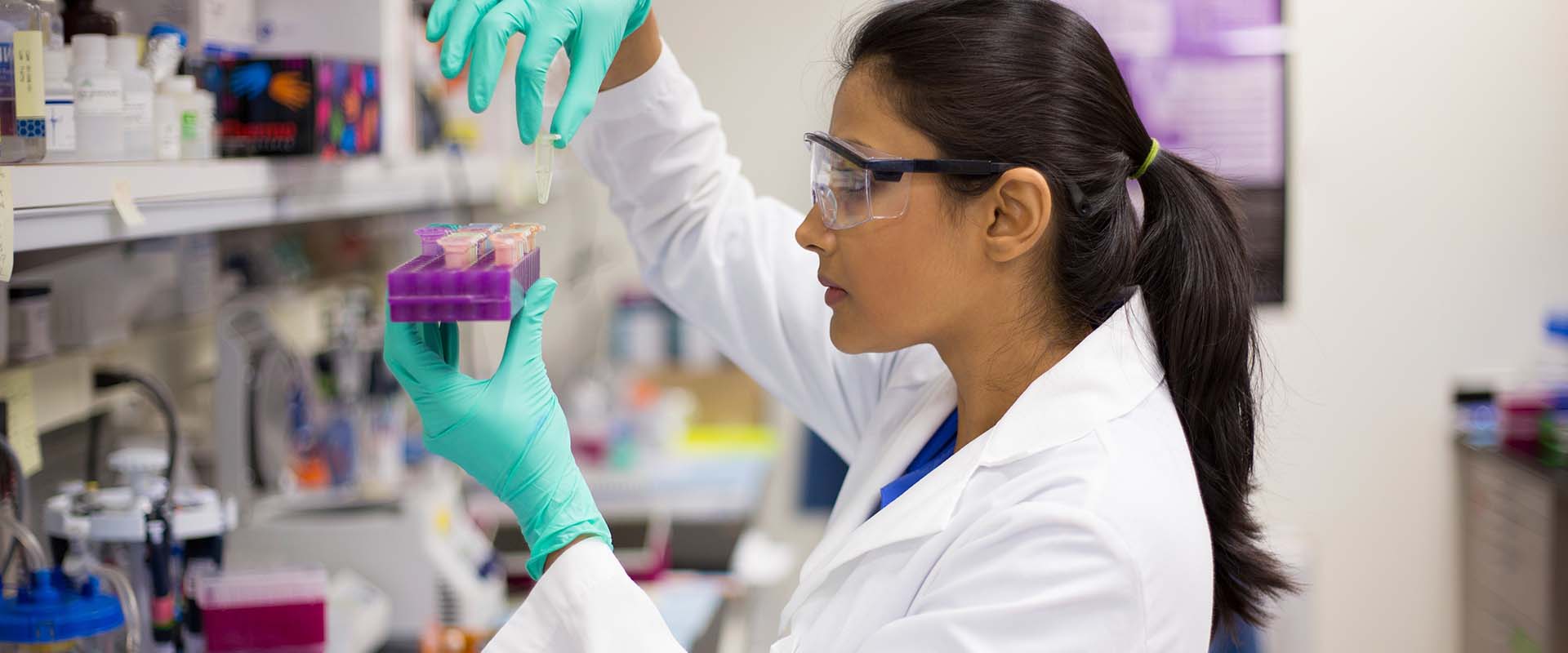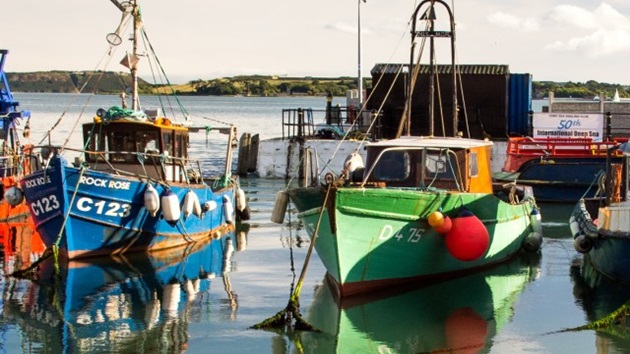As part of an ongoing series of seafood DNA tests, Oceana Canada released its latest report highlighting the prevalence of seafood fraud in Canada. Put simply, seafood fraud is the misrepresentation of a seafood product as something it’s not. The study found that 46% of the seafood samples they tested were mislabeled. Does that mean, as some news headlines reported, that “Almost half of seafood sold in Canada is mislabeled”?
In short, not necessarily. It depends on how the testing was conducted.
Another example is the class-action lawsuit filed this year in California claiming that Subway restaurants’ tuna products were “completely bereft of tuna.” Ensuing headlines read: “No Tuna DNA found in Subway Tuna Sandwiches,” and “Subway’s tuna is not tuna, but a ‘mixture of various concoctions,’ a lawsuit alleges.”
While these headlines are technically not false, the accompanying stories failed to highlight that the technology used for the testing simply was not capable of identifying tuna DNA from cooked products (like canned tuna) in the first place. It’s therefore not at all surprising that no tuna DNA was found in the sandwiches.
While it is important that headlines are accurate and interpreted correctly, the fact that the Oceana study found an almost 50% mislabeling rate among its samples is alarming and an indication that seafood fraud and mislabeling are problems that need to be solved in Canada and globally. They are issues the MSC recognized when it was created in 1997, and problems the program is uniquely designed to prevent with its Chain of Custody certification—traceability requirements—for supply chain companies.
Two Facts You Should Know About Seafood Fraud

First, seafood DNA tests can only identify if the species is mislabeled but not specifically if it was sustainably or legally fished. Oceana and other organizations like SeaChoice have called for strengthened Canadian regulations on sustainability claims because without them it’s easier for greenwashing—false claims about how sustainable or “ocean-friendly” a product is—to go unchecked. We know that species mislabeling can pose a risk to human health, but unsustainable and illegal fishing have undisputable destructive effects on the health of our oceans. And without a healthy planet people cannot thrive. As such we believe that greenwashing deserves equal attention.
.png?Status=Master&sfvrsn=7596da32_1)
Second, and directly connected to the first point, many news reports either neglect to mention there already is a credible program that helps consumers avoid seafood fraud, or they conflate the effectiveness of the seafood programs they list as solutions. The MSC is the only labeling program for wild seafood with built-in traceability requirements that verify fishing is sustainable and legal, and products are correctly labeled. All seafood businesses that handle fish from an MSC certified fishery must have MSC Chain of Custody (CoC) certification and be audited each year to check that they are correctly using the blue fish label. DNA testing has shown that the mislabeling rate for seafood with the MSC blue fish label is less than 1%.
Many Canadians might also agree.
The latest GlobeScan survey commissioned by the Marine Stewardship Council (MSC) uncovered that 61% of Canadian seafood consumers believe that in order to save the ocean we have to consume fish and seafood only from sustainable sources. Another 82% agree that we need to protect fish so our children and grandchildren can enjoy seafood. For Canadians to be confident they’re choosing products that address these environmental concerns they currently have to be experts on the credibility of sustainability claims and ecolabels, as called out in this article on why certified sustainable seafood should be the only option at grocery stores.
What is Seafood Fraud?
Mislabeling a product as something it’s not is a type of fraud, just like adultering or diluting (mixing in other ingredients and not declaring them on the label), or counterfeiting to name a few. The difference here is that mislabeling can sometimes be unknowingly passed down the supply chain by various distributors and sellers.

For the majority of seafood DNA tests conducted in Canada, mislabeling is usually one of two things: the substitution of one species for another (labeling escolar as tuna or farmed salmon as wild salmon), or labeling seafood using a “common
name” that is not accepted according to the CFIA Fish List.
The use of “common names” is a simplification system that replaces the thousands of latin species names for fish and seafood that would otherwise be unrecognizable to consumers.
Occurrences of mislabeling identified based on the CFIA Fish List can be tricky because many organizations believe the list is out of date and needs to be revised. For example, ‘Chilean sea bass’ is a very commonly used name for Patagonian toothfish but is not accepted on the Fish List. This means that any sample of ‘Chilean sea bass’ that’s tested in Canada, even if it actually is Patagonian toothfish, would have to be considered mislabeled. The outcome is that when ‘Chilean sea bass’ is included in any testing, studies could technically claim to uncover higher rates of seafood fraud than are actually occurring.
Who is responsible for Seafood Fraud?
So, while the Oceana study uncovered that 65% of seafood samples tested from restaurants were mislabeled, it doesn’t necessarily mean that all those restaurants are intentionally cheating their clients. It does however indicate there’s a serious problem somewhere along the supply chain. That said, the fact that mislabeling was 10 times higher in restaurants than at retail (65% vs 6.5% respectively) suggests there’s a lot more work to be done in the foodservice industry.
Can Seafood Fraud be Prevented?


